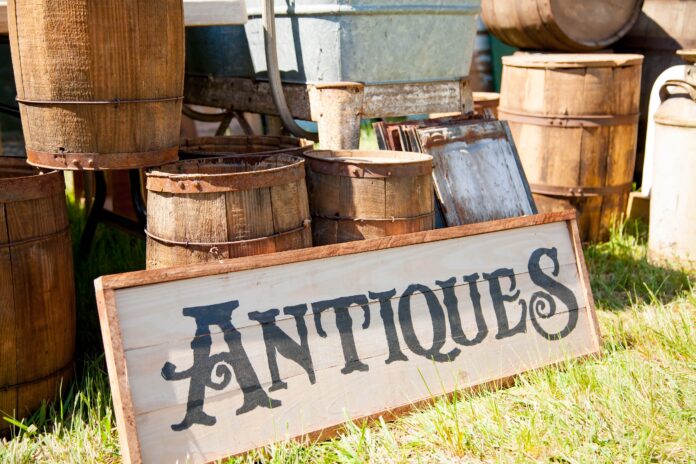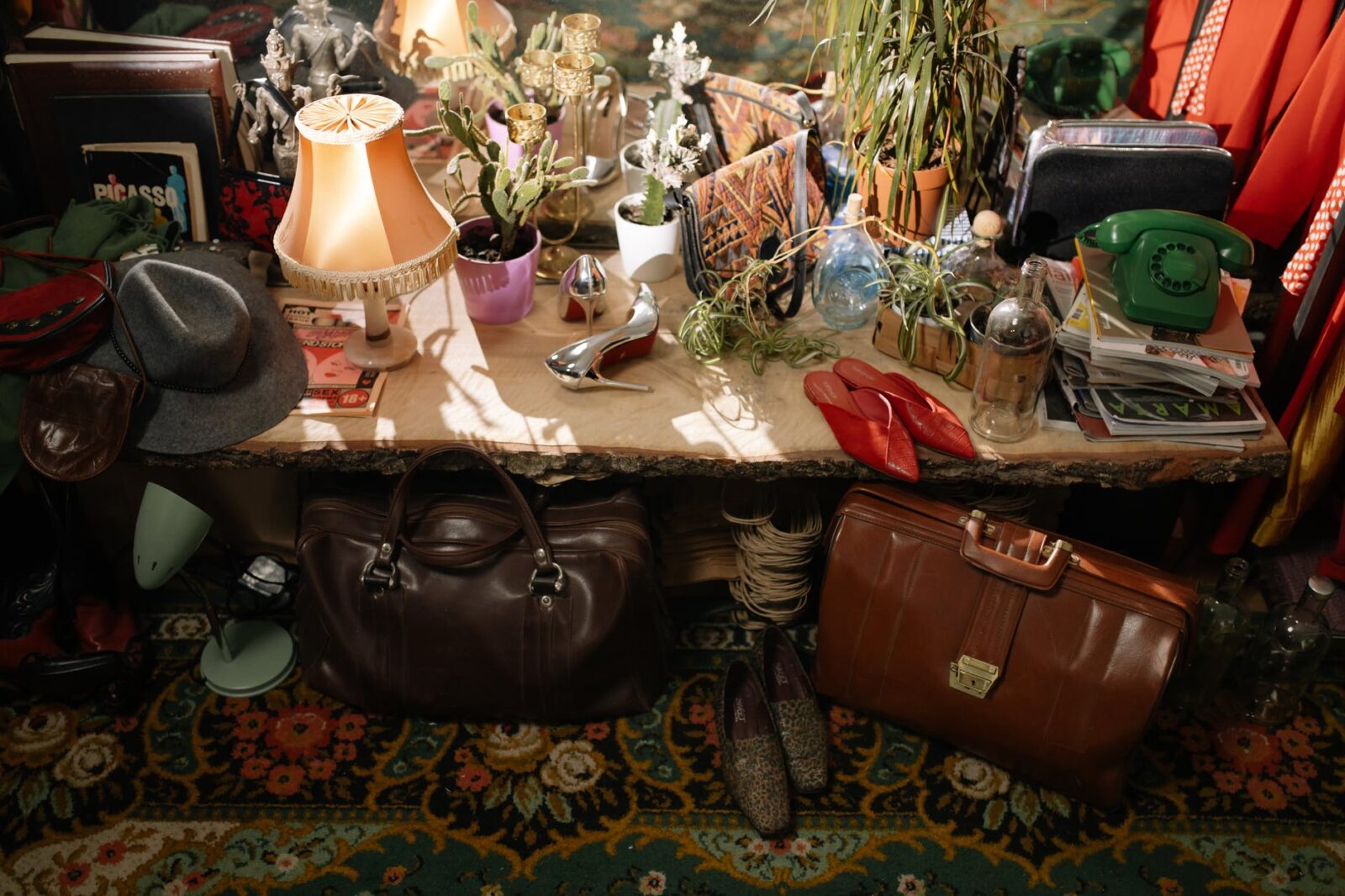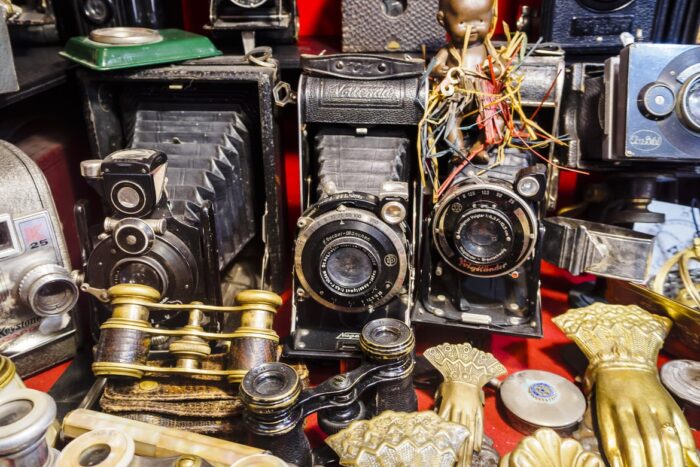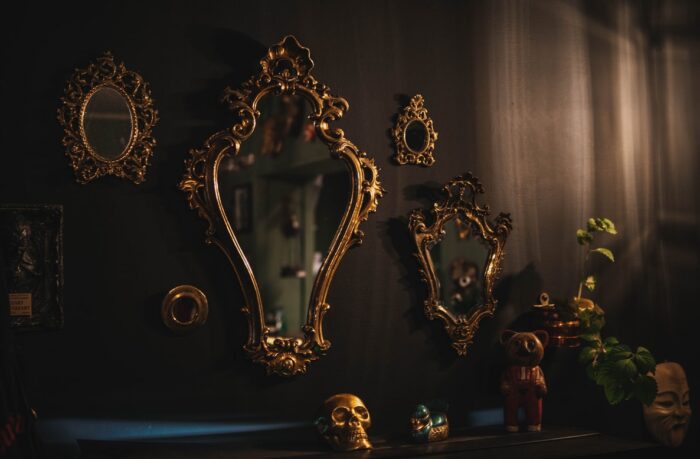
Antiques can be sizable items such as furniture and statues, or small figurines and plates. Caring for them will depend on what it is and the environment that they are in. There are numerous steps that should be taken when preserving and caring for any type of antique, and some are basic tasks that should be done to them all.

- Cleaning-This is one of the most important aspects of maintaining the quality of your antique. No matter what it is, dusting should be a weekly routine. Daily dusting is better but not always feasible. Use a soft duster that will not damage the surface areas. The cleaning device should be able to pick up the dust as you move it over the surface. It should never simply push the dust across the surface because that will cause scratches. Once the dusting is done an actual cleaning may be needed. If you are working on a piece of antique furniture, use a soft damp cloth that has been wrung out completely. If extra cleaning needs to be done Charlocote suggests that you use a solution of diluted vinegar and warm water, but only if the wood is undamaged. After the solution wipe it clean with a damp cloth. Make sure to clean the entire piece to avoid dark and light spots in the finish. If you are cleaning anything other than wood, use distilled water and carefully rub the piece. Do not scrub hard or you may find yourself taking off a layer of paint.
- Staining-If your antique has a stain finish on it then it is always best to wipe it down, after dusting, with a natural cleaner that will clean and protect it. Adding a shine onto an old piece of furniture is a fantastic way to show its real beauty. If the stain is in bad shape do not ever strip it off. Add stain on top of it that matches what is already on it so that you can restore the original look. You will have to go over the piece a few times to make sure that the colors are even. Never use a brush for staining, use a clean cloth and apply even amounts of pressure when rubbing it on. Take your time. Go slow. Use a light if you need to. Make sure that the surface you are staining is uniform in color when you are done.
Img source: unsplash.com - Insurance-Home and contents insurance is the most important thing to consider when you have any valuable items. Since most antiques are worth money, a good insurance policy is necessary. If you have not had your items appraised recently you should do that before checking around for a policy. When you are looking for a good agent, find out if they have specialized coverage for your high-priced antiques. Visit this site to compare numerous insurance carriers in the area. If you have a few extremely valuable pieces you will want to get a policy for those specific items, otherwise it might not be completely covered in a policy that is designed to cover all the antiques that you own.
- Use-If the piece is a table or chair make sure that it is properly protected before anyone uses it. A table should always be covered with a tablecloth when using it to eat on. If you are going to use it as a solid area for writing or drawing you should place a clipboard, or piece of wood, on top of a cushioned cover. Do not ever use a sharp object directly on top of the surface. One of the most damaging habits that people get into is placing cups and bottles directly on the piece of wood. This can leave a ring, or worse yet, leak fluid onto the surface. Explain how to safely use the furniture to anyone that comes into your home that unfamiliar with antique care, such as a child or contractor.
- Storage-If you store it in a room out of sight make sure it is protected with a wrap of some kind, depending on the type of antique that you have put away. Whether hidden, or in plain sight, never have a valuable piece in the direct sun. UV rays will destroy it fast. On the other side of the coin, though, is dampness due to dark areas. This will also damage any items that you have. Ideally you need to have a temperature-controlled room with a humidifier, in working condition, set up. If you have any problems with moths, mice, or other pests take the proper steps to keep them away from your item. If simple measures are not working talk to a professional and have them taken care of. On a final note, you will need to analyze how secure the location is. You do not want it stored in a place that invites someone to steal it.

Caring for antiques can be a time-consuming process, but the rewards are well worth it. The beauty of an old piece can never again be matched. A book that is no longer in circulation can be a treasure to brag about. Whatever type of collectible you have make sure to take care of it properly, and have a good insurance policy on it, to ensure that it stays in great shape.
Today’s society is not as focused on antiques and how to care for them. The British Broadcasting Corporation has stated that people view antiques in a completely different light than those of older generations. Something that you may consider to be an everyday item may be valuable to someone else.
The BBC also states that people today have lost interest in antiques because the world has come to except that everything they purchase is meant to be thrown out after using. Handing down heirlooms has declined, but the need for antique dealers has risen because priceless pieces are being sold off, rather than handed down to children.
The bottom line is that if you have antiques treat them with the care that they deserve. If you see one on the side of the road, or in a thrift store, pick it up and restore it to its original beauty. Work with children on the importance of antiques, and why they should be passed down through the family. Old pieces should be prized possessions, not something to sell off for some money.

















